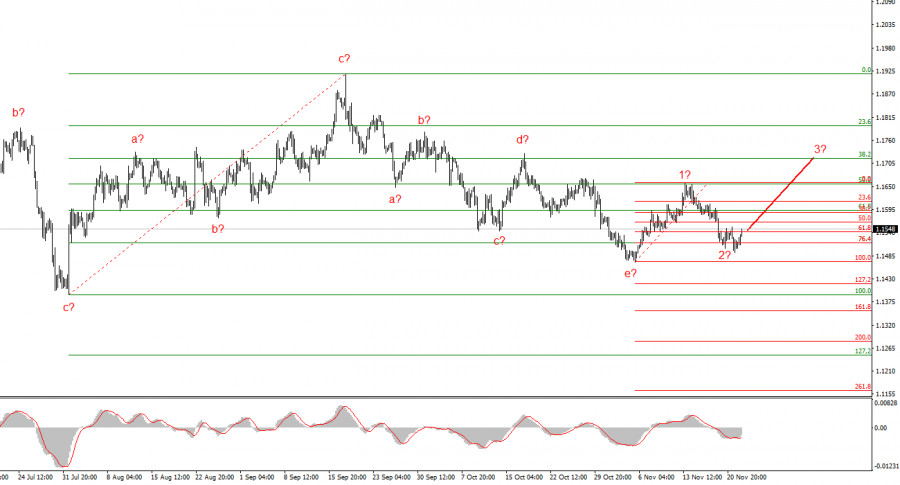For the first time in four years, Russia and Ukraine are close to reaching a peace agreement. Undoubtedly, neither side fully accepts the terms set by the other, but that is the essence of negotiations—to find common ground on contentious issues. Many political analysts note that Kyiv and Moscow are closer to a ceasefire now than ever before. What this ceasefire will look like and in what format remains unknown, leaving us to speculate. However, any peace is better than any conflict.
How might a potential ceasefire affect the currency market? Recall that in cases where the geopolitical situation becomes complicated, many investors seek to convert their assets and capital into the safest instruments or currencies. The "number one safe haven" in the world remains the dollar, despite its sharp decline in value in 2025. Therefore, each new conflict or escalation of an existing one is a positive factor for the U.S. currency. Consequently, resolving a geopolitical conflict—and especially a war—will likely increase investors' appetite for risk, potentially reducing demand for the U.S. currency.
From this perspective, it follows that the American currency will not gain anything positive from the conclusion of the war in Ukraine. The dollar still faces a whole list of factors that could lead to its continued decline in 2026. I must admit I expected the dollar to fall by the end of 2025, but the market opted for complex and prolonged corrective wave structures that do not seem to be concluding. However, I believe the outlook for the U.S. currency remains unchanged. I still anticipate significant Fed easing in 2026, continued pressure from Trump on the Fed, and Trump's desire to fill the FOMC with "his people."

I do not believe that demand for the U.S. currency will begin to decrease immediately after Kyiv and Moscow sign any documents. Moreover, it remains entirely unclear when this will occur. Nevertheless, if a ceasefire is achieved, the market will have yet another reason to sell the dollar. There are already several reasons for this, but market participants are not yet ready to engage in new sales of the U.S. currency.
Based on the analysis conducted for EUR/USD, the instrument continues to build an upward section of the trend. In recent months, the market has paused, but Trump's policies and the Fed remain significant factors in the decline of the American currency in the future. The targets for the current trend section may extend up to the 25th figure. The formation of an upward wave set may continue. I expect that from current positions, the third wave of this set will begin, which could either be with or 3. At present, I remain in long positions, with targets around the 1.1740 mark, and an upward reversal of the MACD indicator provides slight confirmation of expectations.
The wave picture of the GBP/USD instrument has changed. We continue to deal with an upward, impulsive section of the trend, but its internal wave structure has become increasingly complex. The downward corrective structure a-b-c-d-e in c in 4 appears quite complete. If this is indeed the case, I expect the main trend section to resume its formation with initial targets around the 38 and 40 figures. In the short term, wave 3 or c is expected, with targets around 1.3280 and 1.3360, corresponding to 76.4% and 61.8% on the Fibonacci scale.